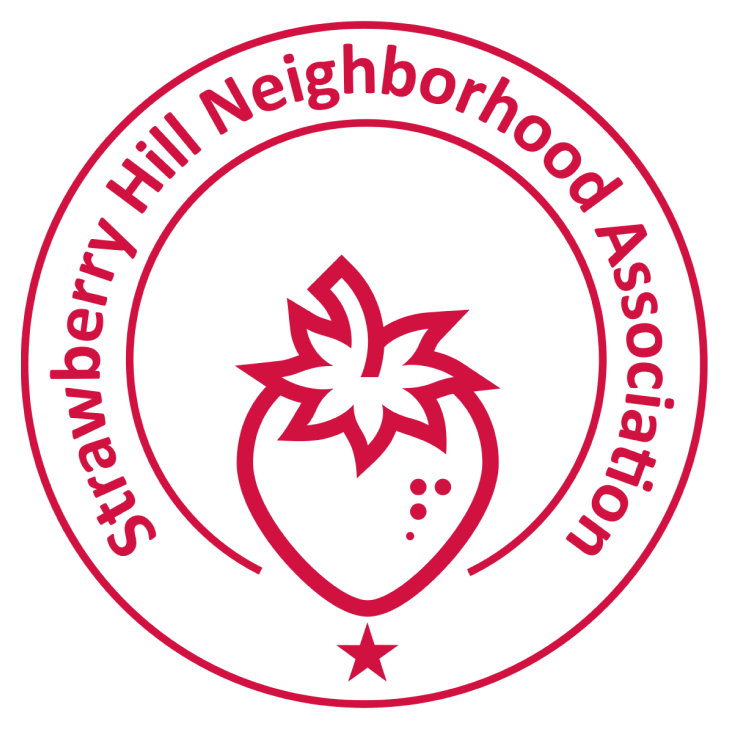About Our History
Situated in the heart of downtown Kansas City, Kansas, Strawberry Hill is a Slavic American community with a rich and unique history. It is one of overcoming obstacles and pulling together as a community to thrive and carve out a new home in the Heartland. We respectfully acknowledge the several tribal nations, including the Kickapoo, Kaw/Kansa, Osage, Dakota, Lakota, Nakota, Shawnee and Wyandot People, who have stewarded this land throughout the generations.
During the late 1800's, immigrants from Eastern Europe, a large number of them from Croatia, settled along the riverfront in an area known as "The Patch." Most of these residents worked in the meat packing industry connected with the livestock exchange.
In 1904, a great flood destroyed many of these homes, forcing residents to move uphill from the river. Many of these immigrant families were forced to build their homes from materials salvaged and recycled from the homes destroyed in the flood and could only afford a narrow parcel of land, giving rise to the modest sized homes in close proximity to each other that dominate Strawberry Hill's streets and avenues. The wild strawberry vines that covered the hillside gave the new community its name.
Over time, many families chose to grow their homes as their savings and income allowed. Some of the elaborate or stately Victorian homes in Strawberry Hill began as single story homes, or even shot-gun houses, while some of these modest houses have been preserved and retain their cottage size and style. The original paver sidewalks connect the turn-of-the-century folk houses, many of which retain their turned spindle work, stained glass windows, and, above all, their welcoming front porches.
Tragically, in 1918 the Spanish Flu arrived on The Hill. The tightly packed neighborhood exacerbated the spread of the deadly diseased which killed many adults in their 20's and 30's, leaving behind many orphans and widowed single parents. In 1919, St. John the Baptist Catholic Church purchased the Cruise-Scroggs home on 4th Street and opened an orphanage to help the orphaned children. It continued to operate as an orphanage until 1988, after which it became today's museum and cultural center.
In 1957, 219 homes were destroyed to make way for the I-70 bridge. 1st street, 2nd street, 3rd street, and parts of 4th street were destroyed as well as the sections of neighborhood avenues that intersected these streets. Members of our association witnessed the destruction of their childhood homes and lost a portion of their heritage for the sake of the viaduct that connects Kansas City, Kansas to Kansas City, Missouri. St. John's Park was created in the process of the construction and features a spectacular view of the Kansas City, Missouri skyline.
As recently as 2016, pedestrian trails have been improved as a part of the Riverfront Heritage Trail. This system of trails and pedestrian bridges now allows residents to travel by bike or on foot from Strawberry Hill to Kansas City, Missouri or the nearby Kaw Point Park, among other destinations realized by the extensive network of sidewalks and trails. The pedestrian bridge beneath I-70 near 3rd and Armstrong stretches across the river and features sculptures by a local artist.
The unique history of Strawberry Hill is one of perseverance, hard work, and surviving tragedies as a community. Whether natural disasters, epidemics, economic hardships, or certain destruction in the name of progress...our people have pulled together and weathered the hardest of circumstances. We have built a vibrant and beautiful community from the rubble and continue to thrive as an organized neighborhood that advocates for the preservation of our historic homes and the safety and well being of all residents--regardless of race, gender, age, class, religion, sexual orientation, disability, or political preference.
Our neighborhood association invites you to become a part of our bustling community!

